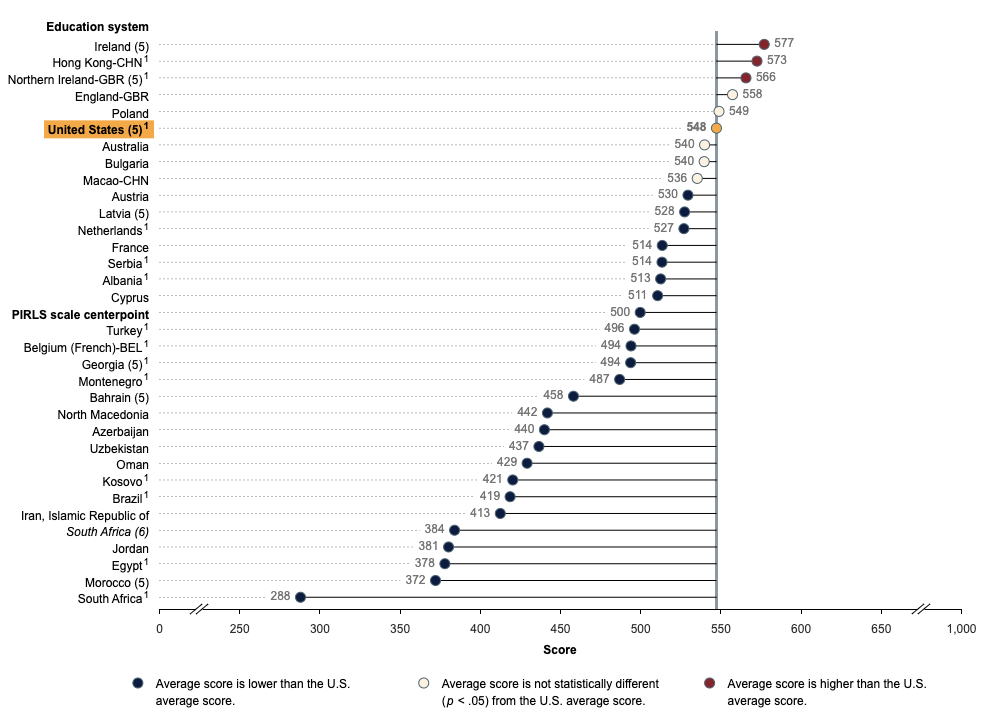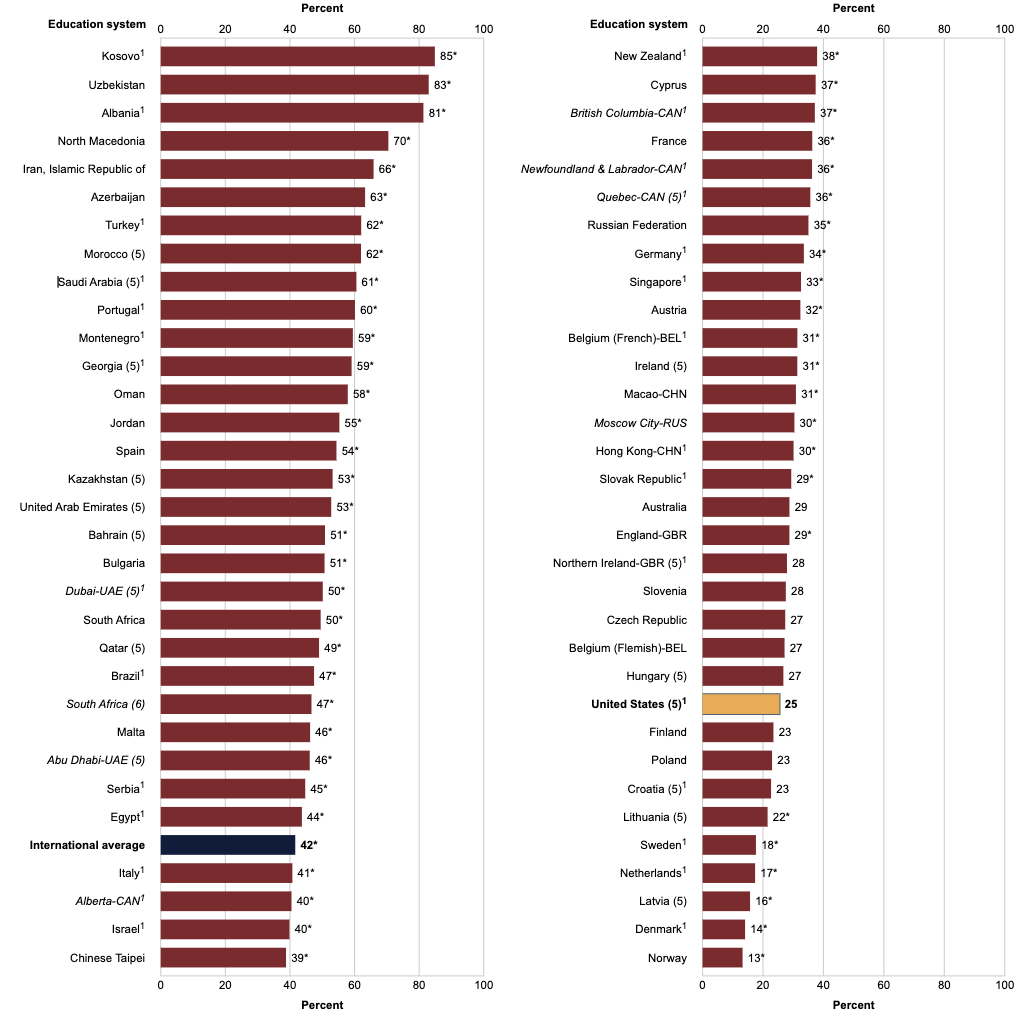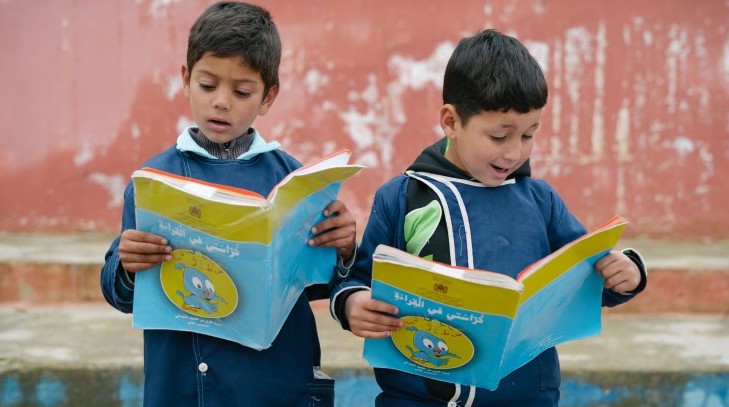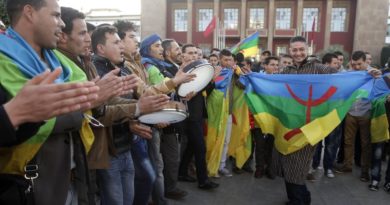PIRLS reading study: Moroccan students rank lowest
In the recently released results of the 2021 Progress in International Reading Literacy Study (PIRLS), Morocco’s performance in 4th-grade reading highlights the need for focused efforts to enhance reading skills among its students. PIRLS, an international comparative study conducted every five years, provides valuable insights into the reading literacy of students worldwide, including the United States, and allows for comparisons between different education systems.
PIRLS assesses students by having them read informational and literary passages, followed by multiple-choice and constructed-response questions that evaluate their comprehension. Additionally, the study surveys students’ attitudes toward reading and their reading habits, while principals provide insights into students’ school experiences. The United States has been an active participant in PIRLS since its inception in 2001.

In the 2021 PIRLS assessment, a total of 65 education systems participated, consisting mostly of member countries of the International Association for the Evaluation of Educational Achievement (IEA), which sponsors PIRLS globally. Some nonmember subnational entities also took part as “benchmarking participants.” It is important to note that the COVID-19 pandemic and its impact on schools led to variations in the timing of the assessments across different education systems.
In terms of Morocco’s performance, the results reveal that the average score for 4th-grade students was 372 on the PIRLS 2021 reading scale, out of a possible range of 0 to 1,000. While this places Morocco below the international average, it highlights the opportunity for improvement in reading proficiency among students.
Comparatively, the United States’ average score of 548 ranked higher than 24 education systems and lower than only three. Ireland, Hong Kong-China, and Northern Ireland-GBR obtained the highest average scores. While the United States’ score surpassed those of Latvia, Georgia, Bahrain, and Morocco, it fell below countries like Ireland and Hong Kong-China.

Furthermore, the percentage of Moroccan students classified as “very much like reading” on the PIRLS Students Like Reading Scale was 62%. While this indicates a positive attitude toward reading, there is room for growth. Countries such as Kosovo, Uzbekistan, and Albania exhibited higher percentages, with Kosovo leading at 85%.
The PIRLS results emphasize the need for continued efforts to foster a love for reading and enhance reading skills among Moroccan students. By investing in targeted strategies, including promoting a reading culture, providing access to quality reading materials, and implementing effective instructional methods, Morocco can work towards improving its standing in future PIRLS assessments.



